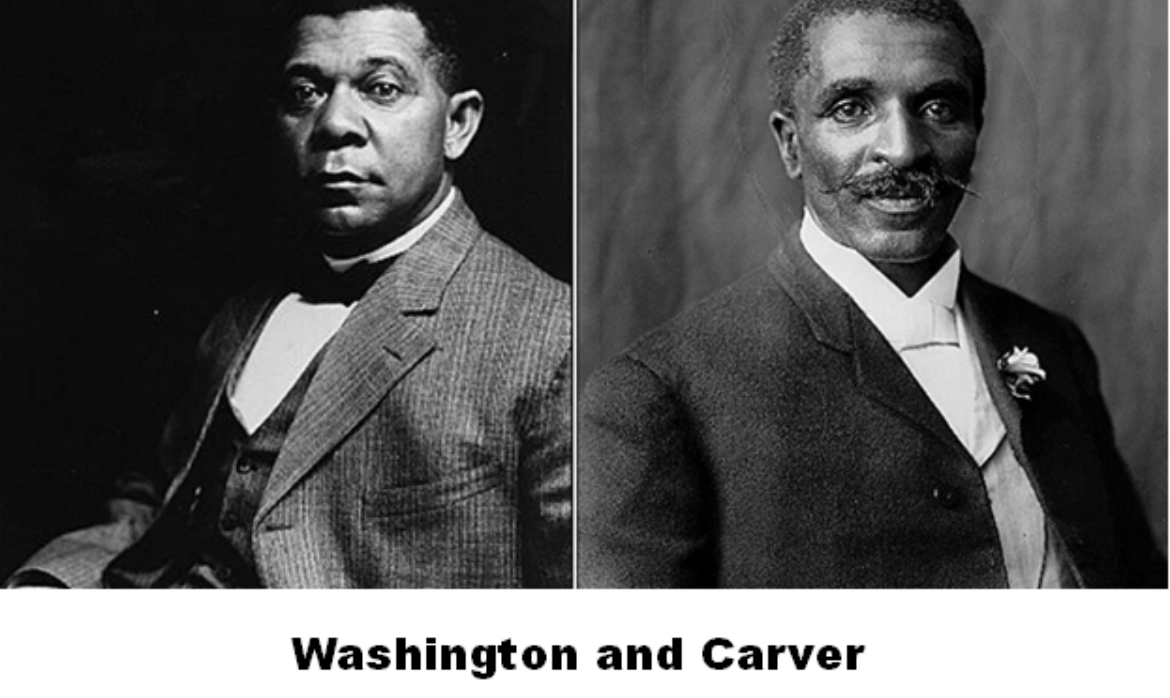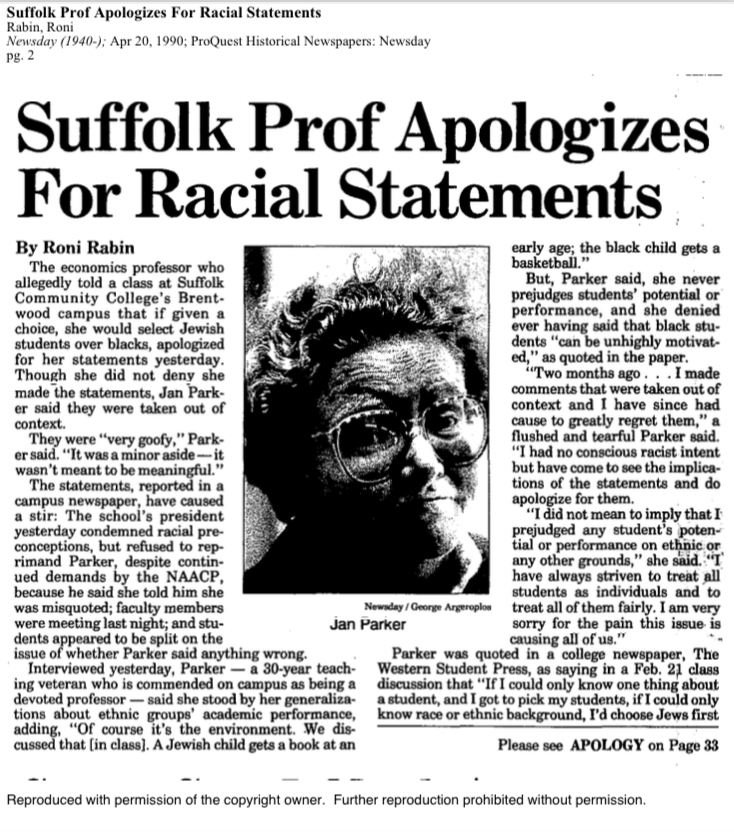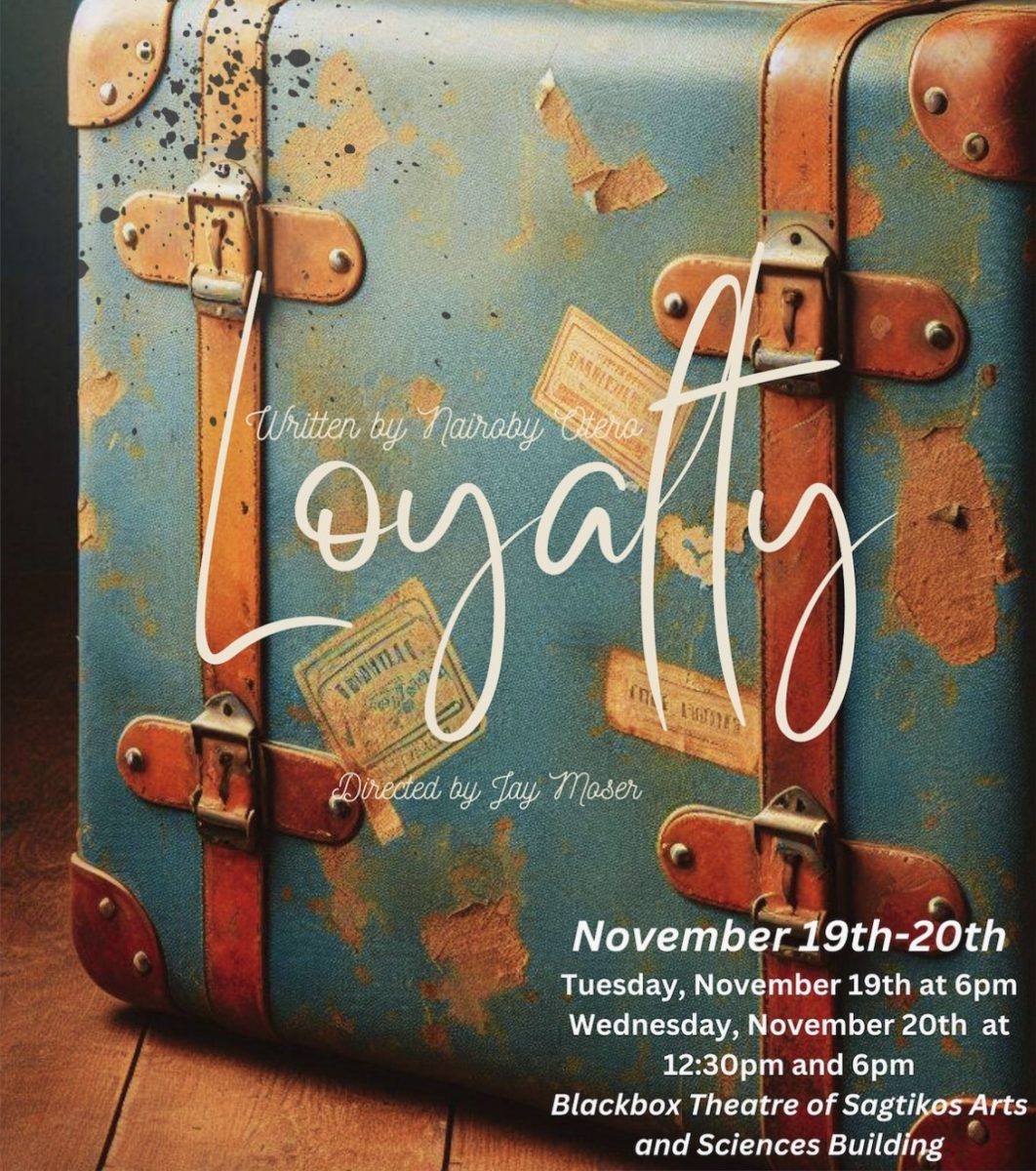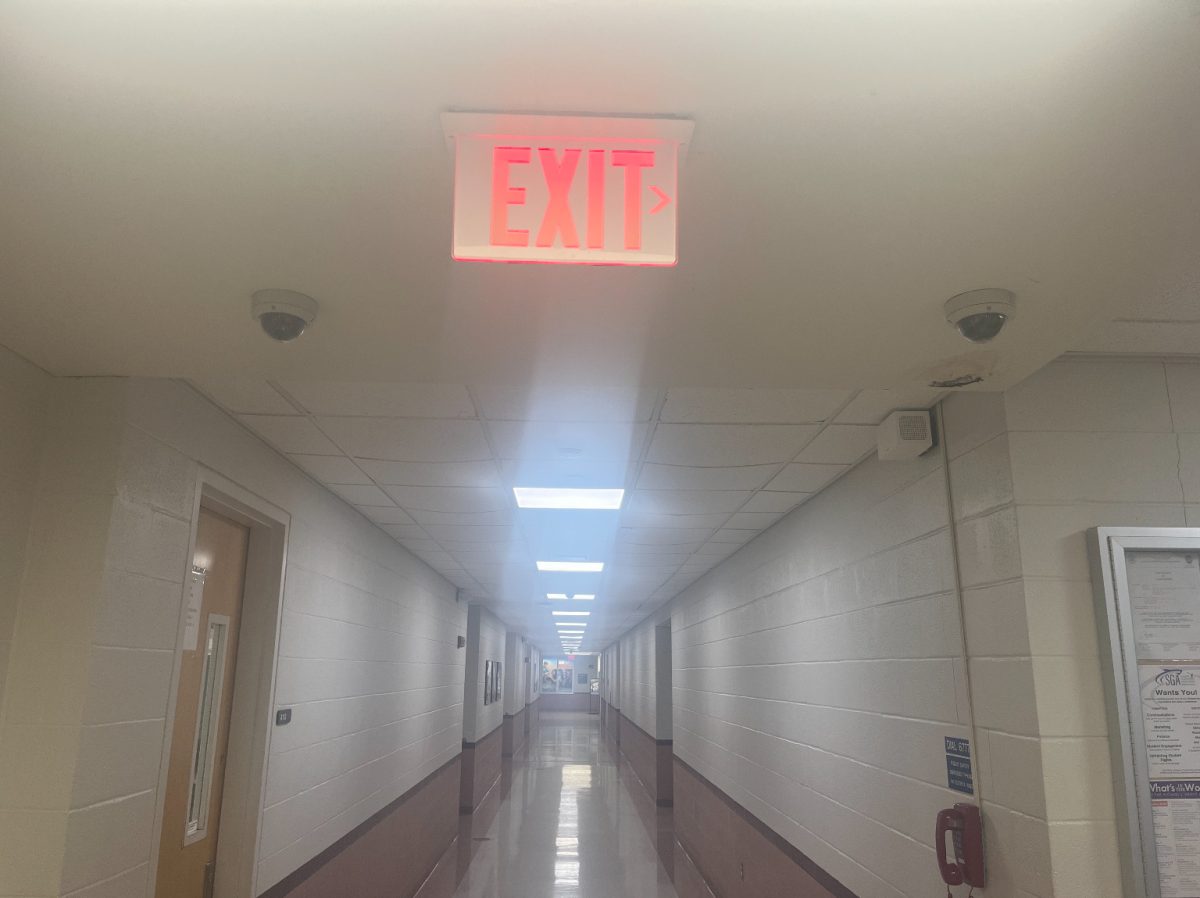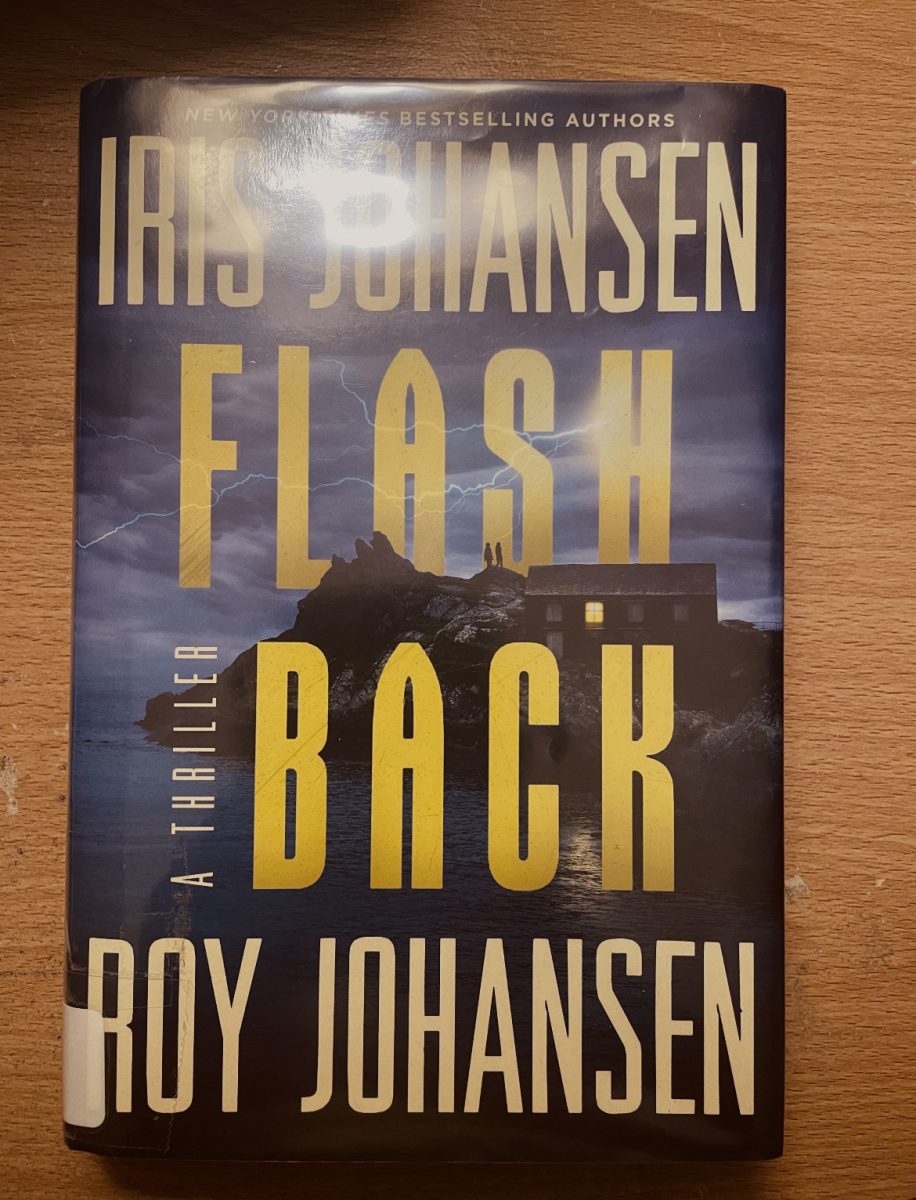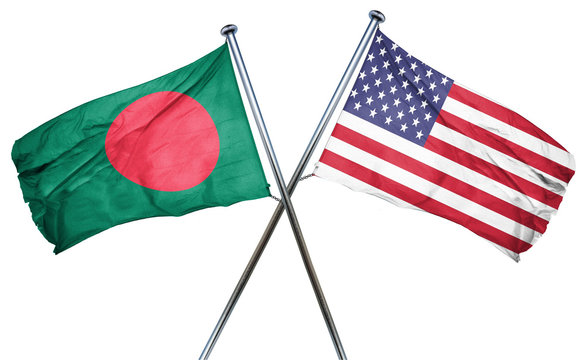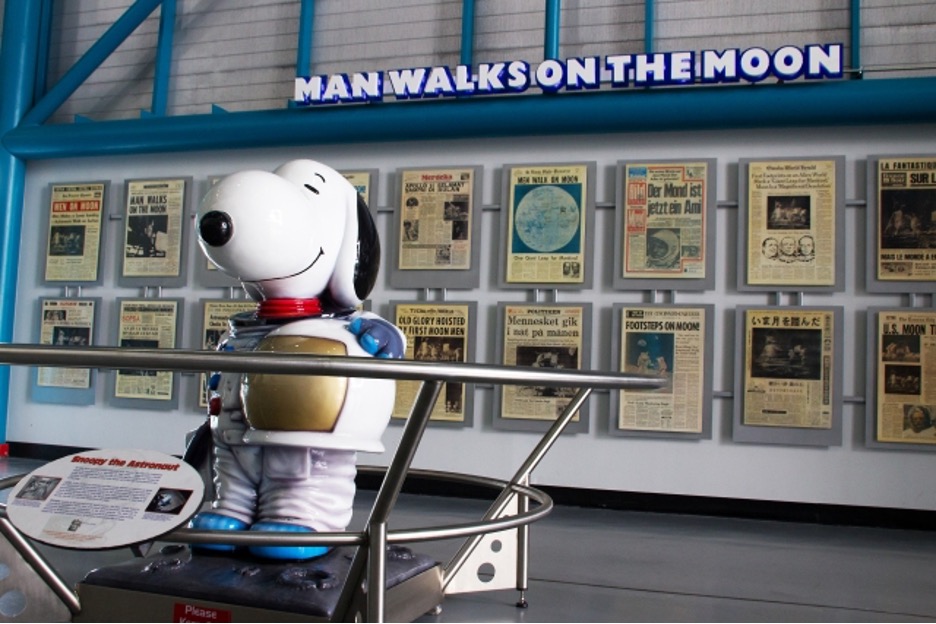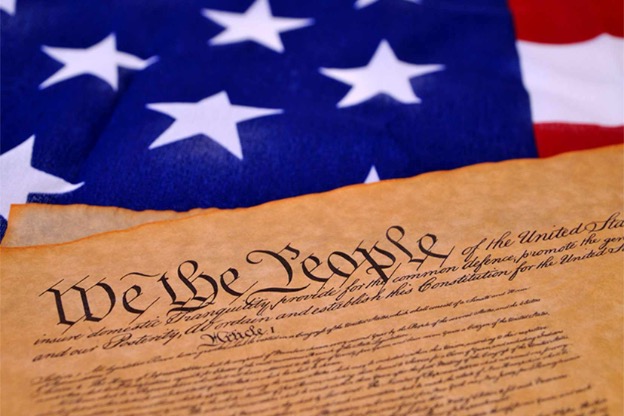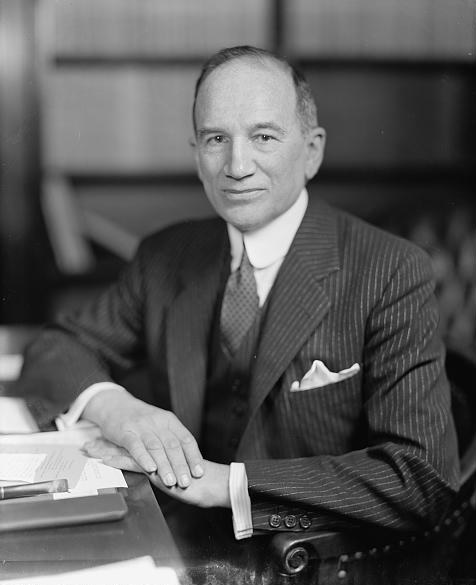
Does the name W. Kingsland Macy ring a bell? Probably not, as Macy died more than 60 years ago and his name has been forgotten by even the more well-informed when it comes to New York’s political history. But once upon a time, Macy ruled Suffolk County with an iron fist like how Oliver Cromwell ruled over Britain, leading newspapers and politicians to refer to him as “King Macy.” His reign lasted nearly 3 decades, directly running Suffolk County’s Republican Party for a quarter of a century. He mingled with the likes of Franklin Roosevelt, Fiorello La Guardia, and Thomas Dewey, and each witnessed his power and influence in Suffolk. What is most astonishing is that despite his significant influence, W. Kingsland Macy has been relegated to a mere footnote in New York history.
Macy was born on November 21, 1889, in New York City. He was well educated in his youth, graduating from the prestigious Groton prep school, and then attending Harvard University. During the First World War, he worked for the United States Food Administration and War Trade Board, two prominent war-time agencies at the time. By the 1920s, Macy was a stockbroker who was interested in politics but was hesitant to make the transition from his high-paying job on Wall Street.
By 1925, Macy was 35 years old and became engaged in one of the great political battles ever fought in New York’s political history when he conspired with Horace Havemeyer, and Buell Hollister to purchase the George C. Taylor Estate on the Great South Bay, in East Islip. They planned to divide up the estate’s nearly 1500 acres into smaller, but still big plots of land to sell to well-off buyers from the city. The buyers would also become members of the Timber Point Golf Club, a private club of which Macy, Havemeyer, and Buell were members. However, somebody else wanted the Taylor Estate, that man being the newly appointed Long Island State Parks Commissioner, Robert Moses.
This was before Robert Moses became the infamous Robert Moses, the ruthless urban planner and political appointee who influenced New York greater than any mayor, governor, or president. Moses was in his 30s as well and he was on a crusade to accomplish something no reformer could even touch, parks. Parks on Long Island seemed like a hopeless dream to reformers, but Moses believed he had a way of accomplishing it. A year prior, Moses had drafted a plan for Long Island that consisted of ideas for parks across both Nassau and Suffolk counties. Those ideas became the parks we Long Islanders know and love. Belmont Lake State Park, Jones Beach, Fire Island, Massapequa State Park, and much more were proposed by Moses in 1924.
Moses wanted the Taylor Estate, as it was close to Fire Island, and believed it was accessible to people in the city, provided they owned a car, of course. So upon meeting the owners of the estate, Moses said he was going to take it, simply because he wanted it and no one had the power to stop him. Not long after Macy and his associates purchased the Taylor Estate, lawyers from the Park Commission produced forms to seize the estate. Macy and his associates sued Moses and the Commission, claiming it was an illegal appropriation of their property. The fight was on.
Macy certainly had some legal standing. While the commission could appropriate their land, they could only do so if negotiations failed and a price couldn’t be agreed upon. Moses had not even offered a price, let alone negotiated. Plus the Taylor Estate was worth $225,000 (approximately $4,000,000 today), and the Park Commission did not have that much in cash, which was required for appropriation. These were fair arguments that Moses could not fight off in court, however he did not worry.
Moses was not shy to use the press in the fight for the Taylor Estate. Newspapers, especially the New York Times, understood the people supported parks, and so they routinely sided with Moses and the Parks Commission. The Times painted a picture of Macy and his associates as “rich golfers” who were hostile to outsiders, whereas Moses was the public servant trying to bring parks to the people.
Another weapon Moses used was the support of Governor Alfred E. Smith, who was enormously popular with the working class, as he was one of them. He grew up on the sidewalks of New York and held deep sympathies with Italian, Irish, Polish, and other ethnic minorities living in the city. Smith was a political genius himself, and his unconditional support for Moses certainly contributed to Moses’s attempts to delay justice.
This was apparent when Governor Smith convened a hearing to hear both sides of the case. Smith was a naturally light-hearted soul and oversaw the hearing in an informal manner. As he joked with individuals on both sides, Smith became angered when Havemeyer suggested a public park would cause East Islip to be “overrun with rabble from the city.” “Rabble? Why that’s me”, Smith replied. The hearing was over, as Smith signed the form for the Taylor Estate to be appropriated for use by the Long Island Parks Commission.
But this did not end the fight, as Macy would continue to challenge the commission’s right to take his property. Unlike his associates, the fight became personal for Macy, as he felt it was unfair for property to be seized so easily by the government. He lobbied Republicans in the state legislature, who were controlled by the rich barons who ruled Long Island, to oppose the parks program conducted by Moses.
Despite the approval of appropriation by the Governor, Macy still had a case. The commission did not have the money to appropriate the Taylor Estate, making it illegal. When a trial date was
set to settle the matter in court, Moses delayed. Moses knew what the outcome would be, and so he did everything he could to prevent it from taking place. Another advantage for Moses was that the newspapers routinely took his word, and believed Moses when he said he was confident that he and the Commission would win, keeping public support behind the parks.
Moses had also found a solution to the money problem, in a way. Moses could not say he had the money, because he did not. The state legislature did give the Commission $225,000 when he first became Chairman, but he spent over $60,000 of it on expensive automobiles, office space, and furniture. His solution to the money was an outside buyer. He would find one in August Hecksher, a German businessman and philanthropist. This still did not excuse the fact that when Moses did seize the Taylor Estate, he did not have the money, and also the fact that the money did not come from the state legislature, but from an outside source, which Macy and his lawyers argued was illegal.
When a court date finally arrived, Moses would show the true extent of his political acumen and cunning. When the trial convened, Moses’s lawyers never showed up. After a couple of days of waiting for them to show up to court, the judge let Macy’s lawyers make their case. The jury sided with Macy. Macy thought he had won when Moses and the commission claimed they were not represented at the trial. The appeals court took the case and ordered a new trial.
When this new trial occurred, Moses had a witness who could win the case for him all by himself, Al Smith. When Smith showed up to testify, he was first brought into the judge’s chambers and then led by the Judge to the stand. After his testimony, which lasted 15 minutes, the judge adjourned for the day and had lunch in his chambers, with Smith. When the judge had to speak to the jury before they were to deliberate, he told them to find that the commission had the rights to the property because of the Heckscher donation. The jury did so.
The fight was essentially over. By this point, the Taylor Estate looked nothing like what Macy and his associates had bought, as Moses ordered the estate to be transformed into a park during the fight. Macy could appeal, but so would Moses if he lost again. Macy was running out of money, and his wealthier associates were less than enthusiastic about continuing. Moses did not have to worry about money, as his backing of funds came from the government. Macy gave up.
The fight over the Taylor Estate, now August Heckscher State Park, would transform Macy from a well-off stockbroker into a political mastermind. Macy had just battled the best of the best when it came to politics, and any political conflict afterward would be easy for him. Macy had second thoughts about entering politics before the Taylor Estate fight but now realized politics was for him.
In 1926, Macy would formally enter politics in Suffolk County, joining the county’s Republican party. Within a year he would become its chairman, and he was not done. During the depression, Macy challenged the rich barons for control of the State GOP organization, and in 1932 became chairman of that organization. The barons would eventually regain control and throw him out, but his reign in Suffolk County would last for the next several decades.
Throughout these years, Macy would take any position he needed to keep his control in Suffolk. He would serve multiple terms in both the State Senate and the U.S. House of Representatives. He was a delegate to the Republican National Convention during each convention from 1928 to 1948, and in May of 1931 had a private dinner with President Herbert Hoover at the White House.
Macy was a progressive, who was willing to work with then-Governor Franklin D. Roosevelt, a Democrat, to pass reforms and combat corruption. He played a pivotal role in establishing the Hofstadter Committee, which under the guidance of its chief counsel, Samuel Seabury, spearheaded efforts to combat corruption within the courts and law enforcement. He helped get Fiorello La Guardia elected Mayor of New York City in 1933, who during his tenure continued to battle corruption in New York.
His influence decided who would become judges, as his approval was often sought after when it came to appointing someone to sit on the bench. In 1932, he expressed support for Chief Justice of the New York Court of Appeals Benjamin Cardozo to be appointed an associate justice of the Supreme Court of the United States.
In 1950, Macy would break from the “Old Guard” of the GOP when he exposed a letter sent to by Lt. Governor Joe Hanley. Hanley, 74, had planned to run for Governor that year when he was told by Governor Thomas Dewey that he was running for a third term and that he did not want Hanley to be his Lt. Governor anymore. He was asked to be the GOP nominee for the Senate race in 1950, which was a lost cause. In Hanley’s letter, it was suggested that Dewey would promise to pay Hanley’s debts if he ran for the Senate, a corrupt bargain. Dewey was furious, along with others, which may have led to Macy’s defeat for both reelection of his seat in the House of Representatives in 1950, but also for reelection as Chairman of The Suffolk County Republican Party.
Macy was accused of running Suffolk County like a dictator, which may have also contributed to his downfall as Chairman. Despite being a progressive, he would rule with an iron fist, destroying those who opposed him during his reign. He would continue to influence Suffolk afterward, but Suffolk no longer had a dictator running the show.
On July 15th, 1961, Macy succumbed to cancer. On his deathbed, there was only one person outside his family that he wanted to see, Robert Moses. After their bitter clash, the two made up and became political allies. Their egos caused them to clash frequently, but Macy understood what Moses did for his career. During the Taylor Estate affair, Moses would refer to Macy as “the amateur in politics.” But Macy would come out of it as no amateur, but a master of politics. There is a reason why they called him the “Little King of Suffolk County.”












